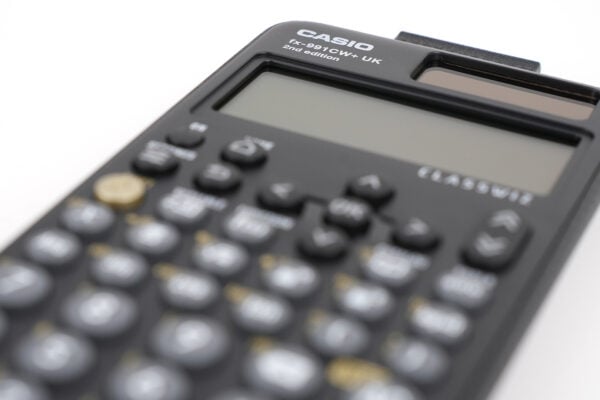Getting to know Ada Lovelace: The world’s first computer programmer

If you had to guess when the world’s first computer programmer was born, what would you say? 70 years ago? 100 years ago?
You need to look back much earlier, to 1815, to when British mathematician, Ada Lovelace, was born.
Lovelace, whose work was influenced by Charles Babbage’s theoretical Analytical Engine, was the first person to recognise that early computing machines had potential beyond just pure calculations. She realised that they could be used for more than just number crunching. In 1842-1843, she translated an article by Luigi Menabrea on Babbage’s Analytical Engine, to which she added her notes and annotations. These notes include what many people believe to be the first computer program: an algorithm designed to be carried out by a machine.
The early years: A mathematician in the making
Born 10th December 1815, Augusta Ada Byron was the only legitimate child of the poet Lord Byron and Anne Isabella Milbanke. Just over a month after she was born, her parents separated. Lovelace never met her father, who died in Greece when she was eight years old.
She was raised by her mother, who was determined to protect her daughter from Byron’s reputation and negative influence. As a result, Ada Lovelace’s early education focused on the Sciences, Mathematics and Logic – subjects that were not usually considered appropriate for young women at that time. Yet, even at an early age, Lovelace showed a real talent for these subjects.
For instance, aged twelve, she decided that she wanted to fly and conceptualised a flying machine. She observed birds, to understand better how they can fly, and wrote up her plan for making a pair of wings, considering a range of different materials for the job. The final stage in her project was to introduce steam, to provide the power to make flight possible.
Her work and later life
In 1833, Lovelace met Charles Babbage, which started a friendship and collaboration that lasted for the rest of her life. Lovelace was impressed by Babbage’s Difference Engine, which was an early precursor to modern calculators.
It is her work in 1842-1843, translating and annotating Luigi Menabrea’s article on Babbage’s Analytical Engine, Lovelace made notes that were three times the length of the original article. In this, she outlines a way for calculating a sequence of Bernoulli numbers with the Engine, which could have run correctly on Babbage’s Analytical Engine.
Lovelace was also a compulsive gambler. She once lost over £3000 (equivalent to approx £290,000 in today’s money) on one horse at Epsom Derby. She also attempted to create a mathematical model for winning large bets. However, her scheme was not successful and left her with thousands of pounds of debt.
Lovelace died 27th November 1852, aged 36.
Lovelace’s legacy
Ada Lovelace’s contributions to modern computing were so far ahead of their time that it took nearly a century for the real value of her work to be recognised. Now, her work and legacy are celebrated for their contribution to modern computing.
In the 1970s, the US Department of Defence was working on a new computer programming language. When it was suggested to name the language ‘Ada’, the proposal was unanimously accepted. And, as of November 2015, all British passports feature an illustration of Lovelace and Babbage.



